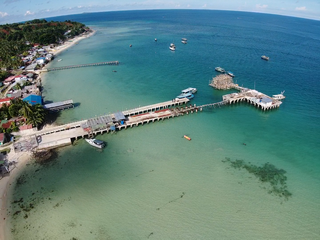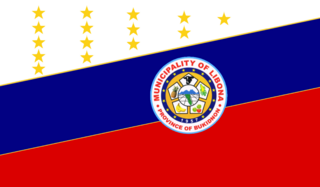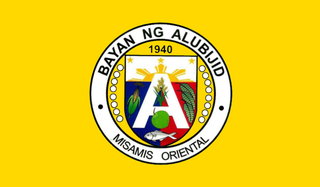Mapun مڤون Cagayan de Sulu | |
|---|---|
| Municipality of Mapun | |
 Municipal Hall | |
 Map of Tawi-Tawi with Mapun highlighted | |
Location within the Philippines | |
| Coordinates: 6°58′41″N118°30′47″E / 6.978°N 118.513°E | |
| Country | Philippines |
| Region | Bangsamoro Autonomous Region in Muslim Mindanao |
| Province | Tawi-Tawi |
| District | Lone district |
| Barangays | 15 (see Barangays) |
| Government | |
| • Type | Sangguniang Bayan |
| • Mayor | Vacant |
| • Vice Mayor | Vacant |
| • Representative | Dimszar M. Sali |
| • Municipal Council | Members |
| • Electorate | 17,614 voters (2022) |
| Area | |
| • Total | 181.29 km2 (70.00 sq mi) |
| Elevation | 6.7 m (22.0 ft) |
| Highest elevation | 241 m (791 ft) |
| Lowest elevation | 0 m (0 ft) |
| Population (2020 census) [3] | |
| • Total | 30,038 |
| • Density | 170/km2 (430/sq mi) |
| • Households | 4,928 |
| Demonym | Jama Mapun |
| Economy | |
| • Income class | 4th municipal income class |
| • Poverty incidence | 38.18 |
| • Revenue | ₱ 120.2 million (2020) |
| • Assets | ₱ 38.04 million (2020) |
| • Expenditure | ₱ 125.7 million (2020) |
| Service provider | |
| • Electricity | Cagayan de Sulu Electric Cooperative (CASELCO) |
| Time zone | UTC+8 (PST) |
| ZIP code | 7508 |
| PSGC | |
| IDD : area code | +63 (0)68 |
| Native languages | Sama Tagalog Sabah Malay |
Mapun, officially the Municipality of Mapun (Tagalog : Bayan ng Mapun), is a 4th class municipality in the province of Tawi-Tawi, Philippines. According to the 2020 census, it has a population of 30,038 people. [3]
Contents
- Geography
- Barangays
- Climate
- Demographics
- Education
- Culture
- Mapun Day
- Economy
- See also
- References
- External links
It is formerly known as Cagayan de Sulu until 1984, then as Cagayan de Tawi-Tawi until 1988. [5]
Mapun is an island municipality in the Sulu Sea [6] on the south-western extreme of the Philippines, located very close to Sabah, Malaysia as well as to Palawan. The people inhabiting the island are known as Jama Mapun or "people of Mapun". Their local language is Pullun Mapun, which means "Mapun language".
Due to an administrative error in the Treaty of Paris, while the remainder of the Philippines was ceded to the United States, Sibutu and Cagayan de Sulu were retained under Spanish Sovereignty until they were formally ceded to the United States upon the ratification of the Treaty of Washington on March 23, 1901.























